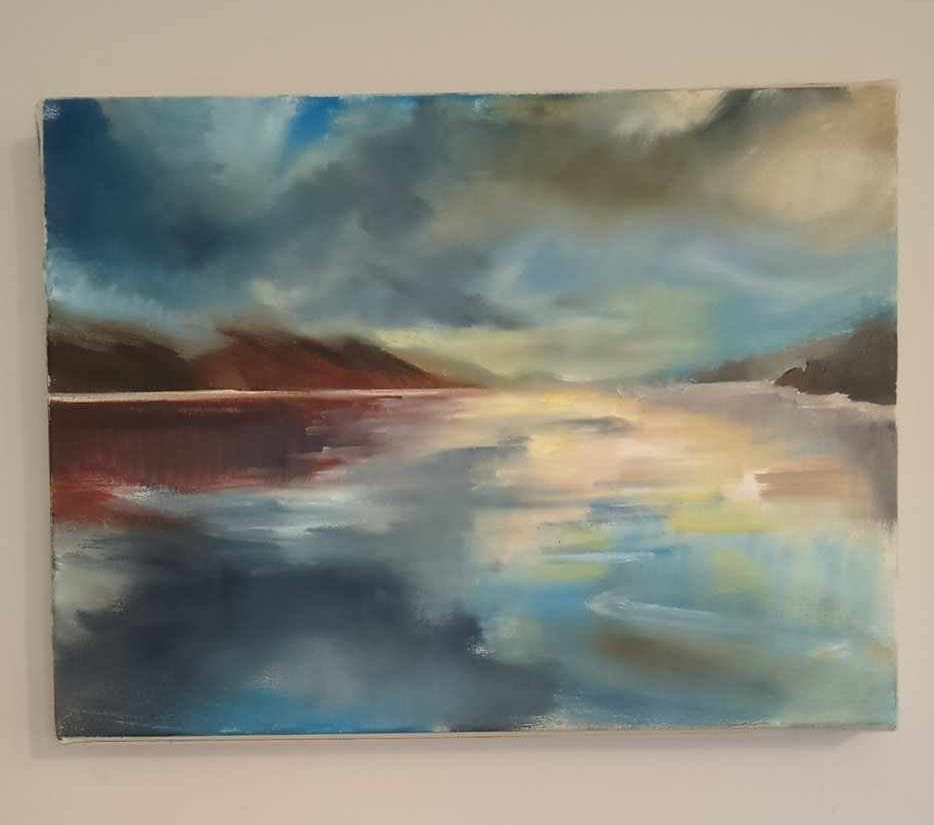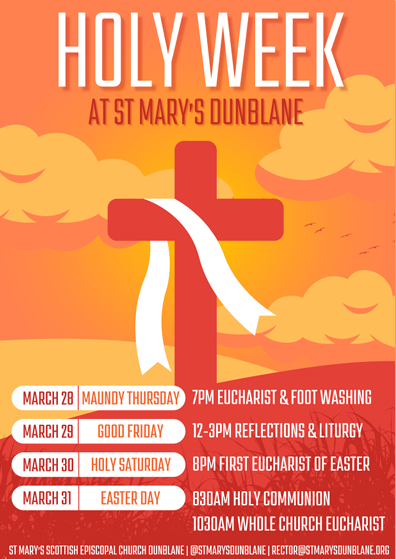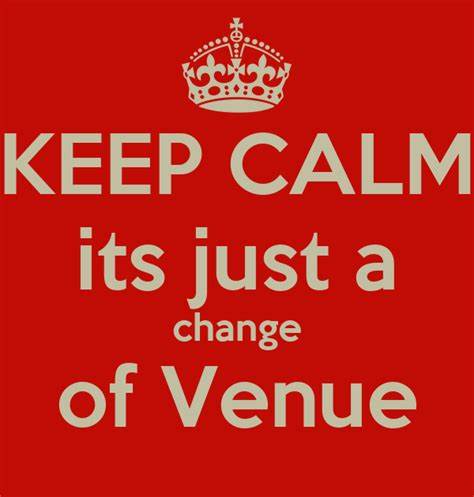Nerys writes: Those of you who have read my letter in the last issue of the church magazine will know that I have been inspired to read the Gospel of John in a different way this year. I’m working my way through it leisurely and thoughtfully, allowing it to speak into my life. It isn’t the way I would normally read a book, but this isn’t just any book. In my experience, Scripture doesn’t just explain things or tell us what to do or inspire or entertain us. Scripture enables us to enter into a conversation with God. And in John’s Gospel in particular, I have found that God reveals to an attentive reader who God is and how God works in our lives through Jesus, the Word. Through the stories, the conversations, the teaching and the drama, we are invited to see our world through the eyes of Christ, and to respond. We are not encouraged to seek definitive answers to the mysteries of life, but instead to ask ‘How can I live it in relationship with God?’
Our Gospel for today is John’s account of the healing by Jesus of a blind beggar and of the way others respond to this act of compassion. I invite you to read John chapter 9 prayerfully and expectantly, dwelling on any words, phrases or ideas that seem surprising or significant to you, allowing them to speak into your situation.
It is easy to get lost in this long and intricate passage with its many groups of characters and the sustained play on the ideas of physical and spiritual blindness and sight, on darkness and light. In order to navigate it successfully, I suggest you first focus on the blind man, the only character who appears in every scene of the drama.

Blind beggar by Jules Bastien-Lepage
It was as Jesus was slipping away from the temple on a day when a confrontation with a group of religious teachers almost ended in violence, that he saw him. This man is not given a name. Instead, he is referred to throughout by his disability, the congenital blindness which meant that he was reliant on the good will of visitors to the temple for his survival.
This was a man with nothing going for him. As he sat on the ground begging, he would have been invisible to many of the worshippers or they would have studiously avoided him for fear of contamination. His birth defect would have rendered him unclean in their eyes, cut off from the love of God.
Jesus, however, sees him. His response, whatever that was, causes his disciples to seek to engage their teacher in a theological discussion. They assume that his blindness was God’s punishment for sin, either his own or that of his parents. We’re not told what the man himself thought, but where the disciples see a problem, Jesus sees a person in need and an opportunity for the true nature of God to be revealed in him. We are not told either how this man felt but we can imagine his amazement and delight when Jesus proclaims himself to be the Light of the World and turns his words into life-changing action. Unlike Naaman the Leper of the Old Testament, the man immediately obeys the instruction to go and wash, and returns from the pool of Siloam able to see.
The miracle of this man’s transformation is not the end of the story. He is now called to testify to what happened to him. Over and over again, he is questioned, over and over again, he doggedly tells his tale, and as he does so he gradually comes to see who it is that has healed him. He moves from a place of ignorance to recognizing Jesus as a prophet, a man sent from God. And as his faith grows, so does his confidence. Unlike his fearful parents, he is ready to hold his own as his neighbours dispute his identity and the religious authorities interrogate, ridicule and reject him. His clear, increasingly courageous testimony brings to mind that of Jesus under arrest, and likewise divides his accusers. He is the only one who is in no doubt about who he is, what has happened to him and who was responsible.
As he stuck to his story, however, it must have dawned on him that none of the prophets had actually performed such a miracle. To open the eyes of a person born blind is the work of God, a sign of the coming of the Messiah. So when Jesus returns to find him, he is ready to enter into a relationship of trust, understanding and love with him. He is ready to believe in the Son of Man and to worship him.
As the man who was blind journeys into the light of God’s love, Jesus’ opponents choose to reject that light and remain inwardly blind. And watching on the sidelines are the disciples, the man’s parents and neighbours, bystanders and also us, the readers of the Gospel. What will our journey be as we approach Easter this year? Will it be into light or darkness, healing or rejection? John shows us that we have a choice.
In your prayers this morning, I invite you to ask for insight and wisdom for all in positions of authority and influence, for deep healing for all who are suffering and in need and for the light of God’s transforming love to shine into your own life and that of those you love.
On this Mothering Sunday,
May God our Maker, our mother, our friend,
Wrap us in wholeness,
Keep us in kindness,
And bless our journey homewards. Amen.
(Frances Copsey)






